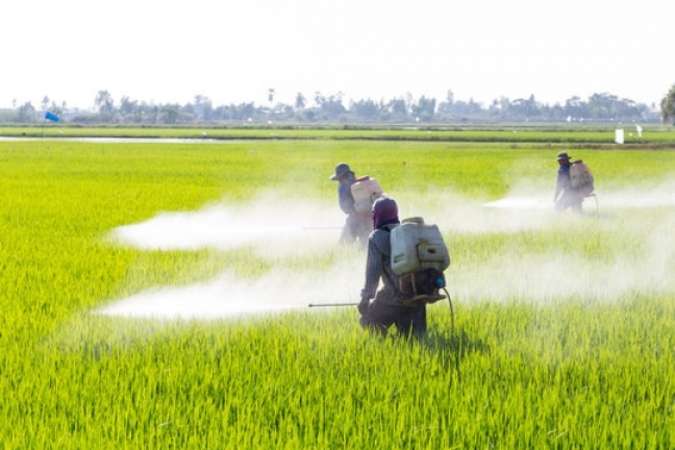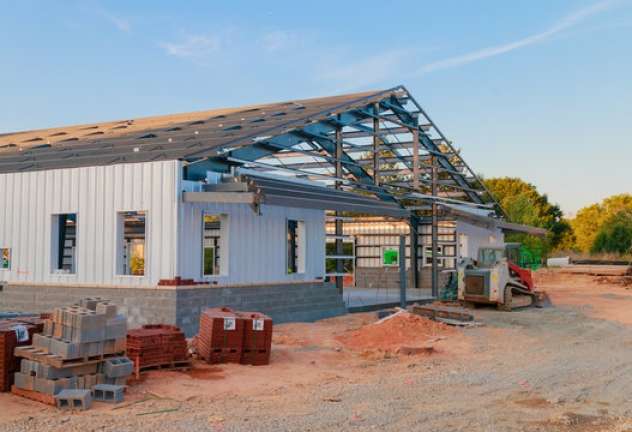Your workforce is a valuable resource. It is the responsibility of recruiters to assure the safety and protection of their labor at construction sites. Construction sites can be hazardous sometimes. Because of the nature of their profession, construction workers are at the highest risks. Machinery breakdowns, the possibility of falling, falling objects, electrocution, and building collapses all pose a threat. Slips, trips, and falls account for a significant percentage of construction-related projects. It is, therefore, mandatory to take into account all the health and safety considerations before you begin working on a construction project.
While construction site safety is sometimes overlooked, the accidents that occur can be fatal. With each new report of earth explosions, environmental disasters, and stranded workers, construction sites are becoming less and less enticing. Your labor will be much happier with their jobs if you apply the proper health and safety procedures. Besides, it is also critical to maintaining a healthy and productive workforce to meet the deadlines on time or possibly earlier. Top management is responsible for ensuring that OSHA regulations and policies are reinforced and that safety is the top concern for their company. Also, it is necessary to make it clear that everyone must follow the regulations, procedures, and practices on the job site.
Firms frequently use man camp housing in dozens of projects to ensure workers are present on the job site. Having staff on-site ensures safety by guaranteeing that labor is available to rescue and provide help.
Organizations can ensure safety by taking into account the following safety measures for their employees:
1. Educate employees about their safety
Insufficient knowledge and lack of skills can result in injuries and on-site emergencies. Therefore, it is vital to educate staff about personal safety, risks, and first aid. Construction workers’ responsibilities vary depending on their job, the sort of organization they work for, and the nature of their work. Organizations can conduct training workshops to educate workers about general safety and precautions, as well as OSHA. Employers should also be held accountable to ensure that on-site workers get educated enough to deal with occupational dangers. Employers can meet many of OSHA’s standards by combining outreach efforts with on-site education of employees.
2. Safe Work Method Statement (SWMS)
An SWMS is a document that outlines the high-risk work activities at construction sites performed at the workplace. It entails the risks that arise from these activities and the measures involved in mitigating risks. Managers, contractors, site supervisors, and employees should all be involved in the development of SWMS. An SWMS should identify that the project is high-risk construction work. It should also highlight the high risks associated with the work and health and safety. Lastly, the document should also describe what and how the safety measures are implemented.
3. Ensuring the right uniform
All the employees and staff at the building site must wear Personal Protective Equipment. Wearing the PPE can make a difference between a minor and a fatal injury. Depending on the nature of work and circumstances, additional PPE may be required. It may also involve potential threats. The skin, eyes, lungs, and ears are more likely to be affected during on-site work. PPE involves the following safety items:
- Protective clothing
- Helmets
- Respiratory protective equipment
- Earplugs
- Goggles
- Gloves
- High-visibility clothing
- Safety-harnesses
- Steel toe cap boots
4. Display warning signs
Construction sites can be a source of injury and health hazards for anyone. Construction workers must be aware of the dangers they can confront to prevent them. It entails more than just educating the employees about safety training. Employers must also provide a prominent and visible notice across the site to notify about potential dangers to the workers. Signage also provides information to the workers about how to respond in case of an emergency. Warning signs include the following:
- Mandatory signs: white signs with blue circles running through them, inform workers about what they should do
- Prohibition signs: white with a red circle through them, inform workers about what they should not do.
- Limitation signs: inform workers about the workplace constraints
- Green emergency signs: advise workers where to go in an emergency, where to find first aid and emergency equipment, and similar
5. Securing the site
Construction sites should be secured when not functional to protect against injuries and emergencies. Security is necessary both during and outside of work hours to safeguard pedestrians from preliminary site hazards. Site access limits are mandatory for not only protecting equipment from damage or theft. Hire security guards to keep an eye on the site. Many guards who received first aid training can provide life-saving help to those injured on construction sites until the rescue team arrives. They also act as essential witnesses for on-site activities, which can defend the site management from lawsuits. Also, you can outsource professional security-providing companies to comply with the various needs of the construction sites. They use wireless technology for securing the construction sites.
6. Deploy Safety Management System
When it comes to construction site safety, deploying Risk Management Systems is the best approach. In essence, a construction safety management system systematically detects hazards and controls accidents in the workplace. To ensure site safety, businesses all around the world use construction risk and safety management software. It is critical for identifying gaps in an organization’s safety program and processes. It also proactively mitigates hazards and protects employees. SMS can be used as a mobile tool by the foreman. Your SMS can develop trends and advanced analytics using digitally recorded documents and policies to restore site safety.
The Bottom Line
Site safety is a hot topic in the business world for organizations striving to do projects overseas and within the region. Besides the ones discussed above, there are several other mechanisms to ensure safety-all thanks to technological advancement. Apart from this, there must be separate entry and exit points for heavy vehicles on the construction site. Fire extinguishers and buckets should be installed in place to counter any emergency. To segregate chemicals and avoid spillage, use high-quality, compliant outdoor storage options like explosive storage cabinets. After the completion of a specific project, the construction safety does not end. Everyone involved in the construction process must ensure that all the vehicles, machinery, and hazardous material get removed once the project ends.
















